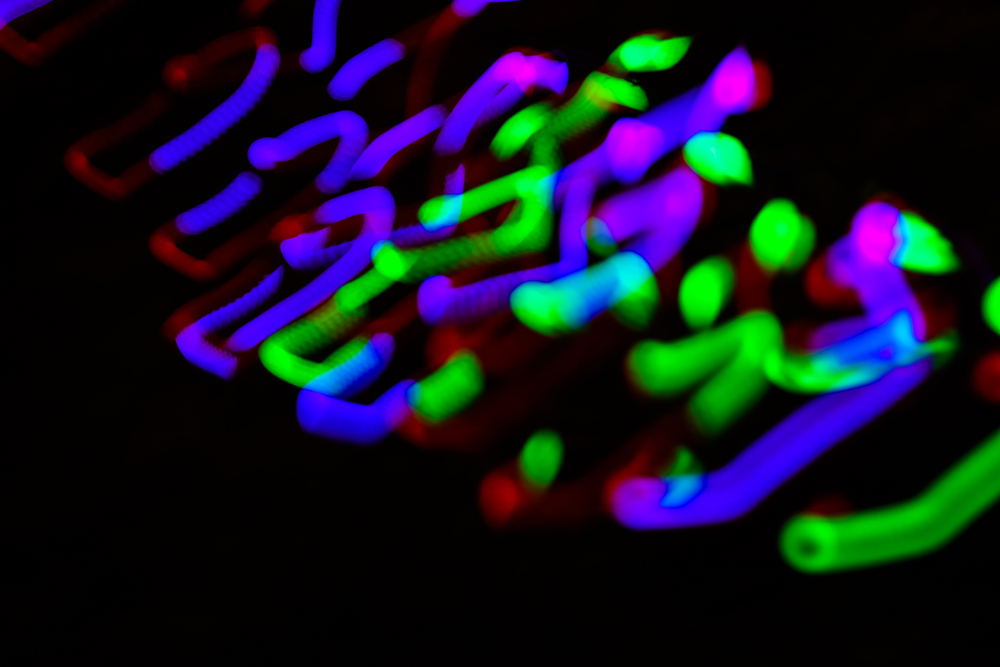
A novelty glow stick might hold the key to detecting cancer and other diseases.
Researchers from Tel Aviv University have developed a water-resistant chemiluminescent probe that can detect and measure cellular activity that points to certain pathologies, including cancer.
The researchers were able to tweak the electronic structure of current probes to improve their inherent fluorescence, which could lead to the invention of a single component system with multiple application opportunities.
“Chemiluminescence is considered one of the most sensitive methods used in diagnostic testing,” professor Doron Shabat of TAU’s School of Chemistry, who led the research, said in a statement. “We have developed a method to prepare highly efficient compounds that emit light upon contact with a specific protein or chemical.
“These compounds can be used as molecular probes to detect cancerous cells, among other applications,” he added.
The majority of systems use a mixture of one emitter molecule that detects the species of interest, as well as a fluorophore and a soap-like substance called a surfactant that amplify the signal to detectable levels.
However, the researchers repaired an energy-loss “glitch” in current chemiluminescent probes.
“As synthetic chemists, we knew how to link structure and function,” Shabat said. “By adding two key atoms, we created a much brighter probe than those currently on the market. In addition, this particular molecule is suitable for direct use in cells.”
The researchers developed sensors that detect several biologically relevant chemicals based on the molecule used and also used the chemiluminescent molecule to measure the activity of several enzymes and to image cells by microscopy.
“This gives us a new powerful methodology with which we can prepare highly efficient chemiluminescence sensors for the detection, imaging and analysis of various cell activities,” Shabat said.
According to the study, chemiluminescence probes are considered to be among the most sensitive diagnostic tools that provide high signal-to-noise ratio for various applications such as DNA detection and immunoassays.
The next step for the researchers is to explore ways to amplify the chemiluminescence of the new probes for in vivo imaging.
The study was published in ACS Central Science.




